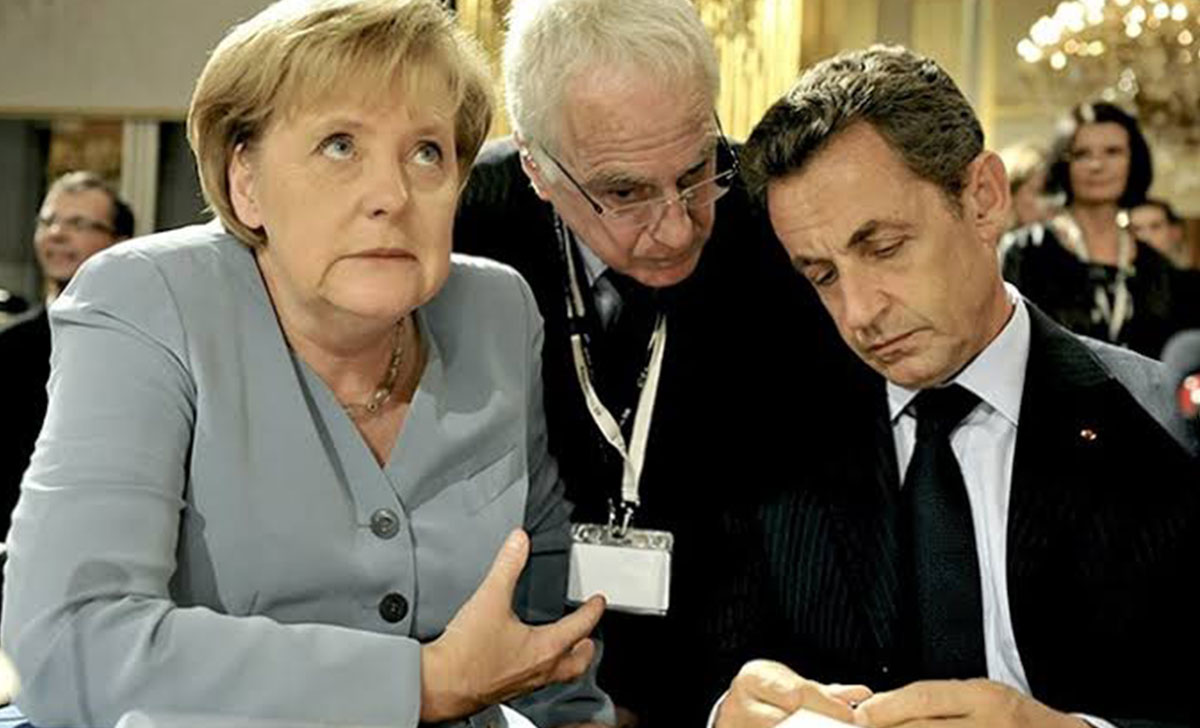
Professional Translation
Sworn / Notarized Translation
Your legal documents, legal contracts, academic, technical, engineering, financial or medical texts are translated by a specialised sworn translator and quality-controlled and then delivered to you personally or via cargo company or on on-line basis depending on your requirement.


Translation Quality Control (Proofreading)
Simultaneous Interpretation
For instance, the simultaneous interpretation of a speech delivered by US President Trump on television by a Turkish interpreter is simultaneous interpretation. There are booths for simultaneous interpretation at the conferences with foreign participants. Simultaneous interpretations are made in these booths, allowing the speakers and guests at the conference to understand each other instantly.
The most important point is the interpreter to be clear and to translate the sentences quickly, completely and compendious.
Where simultaneous interpretation is used:
- Seminars, conferences and symposiums
- All types of international activities
- Live broadcasts, TV programs
- Sports interviews, press releases, international sports activities
- International official and diplomatic negotiations


Consecutive Interpretation
In written translations, it is possible to undo a mistake; however this is not possible in consecutive interpretation. Therefore, interpreters in consecutive interpretation business must be experienced and expert in their field.
Where consecutive interpretation is used:
- Diplomatic negotiations
- Multilingual conferences
- Seminars, conferences and symposiums
- International business meetings, dinners and gatherings
- Hospitals with international patients and other places providing similar services



